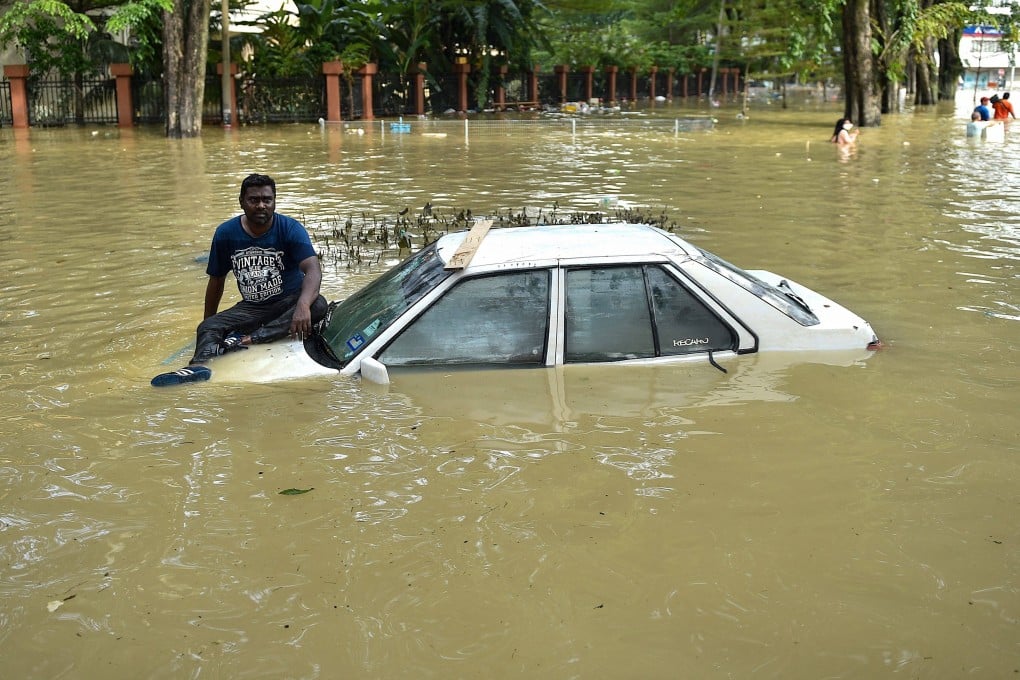Advertisement
Malaysian PM Ismail Sabri Yaakob’s government under fire over slow response to worst floods in recent memory
- At least 10 people have died and tens of thousands are displaced after the heaviest flooding in years hit Selangor, the country’s most industrialised region
- Public anger mounted after coalition partners Bersatu and Umno continued with their annual meetings while volunteers stepped in to rescue affected people
Reading Time:4 minutes
Why you can trust SCMP
3

The Malaysian government is facing public pressure over its initially languid response to the country’s worst floods in recent memory, with ordinary citizens and activists stepping in to provide aid as the number of people displaced by the disaster rose above 60,000.
Tens of thousands of people have been rescued by civilian volunteers as well as the army, police and other government agencies since the floods began on Friday.
Local media said at least 10 people have died, with eight reported missing.
Advertisement
The government described the flooding as “something beyond expectations” and a once-in-a-century occurrence. Officials said they are also watching out for a possible surge in Covid-19 cases in temporary shelters.

Manufacturing firms meanwhile are expecting major losses following damage to property and suspended operations as workers are stranded at home.
Advertisement
Advertisement
Select Voice
Choose your listening speed
Get through articles 2x faster
1.25x
250 WPM
Slow
Average
Fast
1.25x